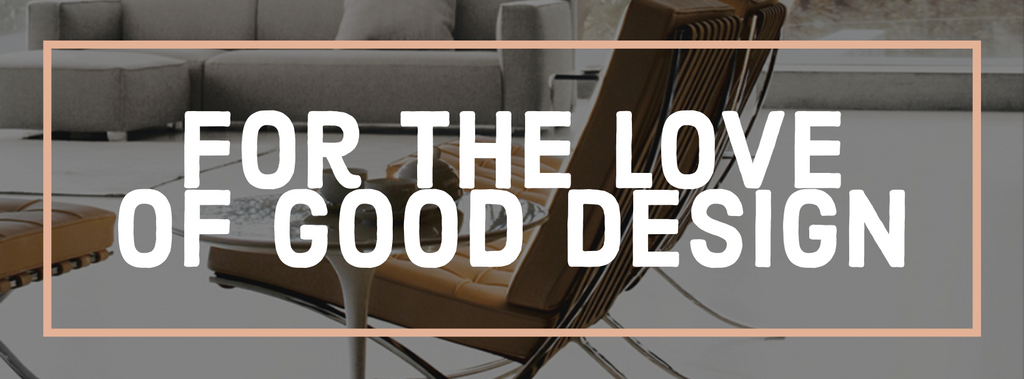In 1929, Barcelona hosted its second International Exhibition. Although small compared to the great World’s Fairs in Chicago, New York, or London, the Barcelona event put Spain on the map as a modern European nation. The hillside of Montjuïc was covered in palaces, pavilions, fountains, and even a 60,000-seat stadium for sporting events. Dozens of countries and national industries jumped at the opportunity to show off their latest innovations to the millions who flocked to Barcelona that Summer.

Unforgettable Style
While most people have long since forgotten the Barcelona Expo, there was one feature in the German Pavilion there that almost everyone still recognizes today. When King Alfonso XIII of Spain visited the Pavilion, he sat on a marvelous new chair, a Modernist style of throne, created by Ludwig Mies van der Rohe. The chair was so famous that it has become known, simply, as the Barcelona Chair.

Sketches by Mies van der Rohe. Image courtesy of The Architecture & Design Study Center, The Museum of Modern Art.
Mies van der Rohe was a young, World War I veteran who specialized in modern, minimalist designs rooted in Classical ideals. Drawing from ancient artifacts for inspiration, like the throne of King Tutankhamen recently discovered in Egypt, Mies envisioned a simple, open style that would evoke the past while embracing a new future of design. The Barcelona chair’s sleek and elegant lines are modernist perfection, but the geometrically satisfying cushions invite you sit a while and enjoy.

Interior of the 1929 German Pavilion, Barcelona International Exposition. Image courtesy of The Architecture & Design Study Center, The Museum of Modern Art.
Mid-Century Elegance
When Mies moved to Chicago in the 1930s, he brought his Bauhaus design aesthetic with him. Whether working on a skyscraper or a humble chair, he experimented with form and function until he perfected it. The geometric precision of the Barcelona motif lends itself to endless repetition and variation. It has inspired decades of artists and designers to reduce or replicate those squares as the perfect embodiment of elegance.
Image courtesy of knoll.com
A Modern Twist, from Barcelona to Chicago
Graymoor Lane is excited to introduce a jewelry line inspired by the same clean, lines of the Mies original. The deceptively simple squares lend themselves to repetition and look as beautiful by day as they do in the evening. A highlight of our Collection is the bar pendant that copies the original Barcelona couch in minute detail. We’ve updated the three-dimensional softness of those leather curves with 14K gold and diamond pavé, turning that interior design show-stopper into a sleek and beautiful work of wearable art.
And because the design is so simple, pairing your Barcelona necklace with earrings from the Collection is as natural as filling your home with the most stylish of Mid-century designs. These pieces are meant to compliment you and each other. They will look perfect at work, but will also transition seamlessly to a classy dinner or night at the theatre.
As Mies himself famously said, the Barcelona chair was “fit for a king.” The Graymoor Lane Barcelona Collection is certainly “fit for a queen.”
Barcelona Collection




Leave a comment